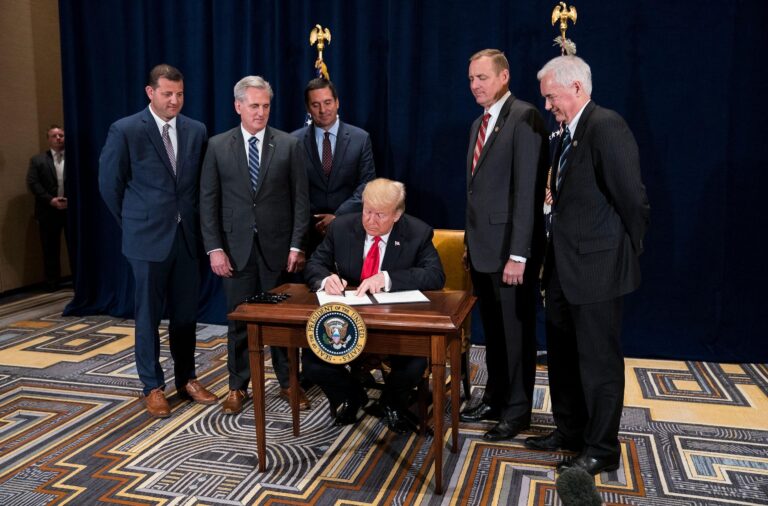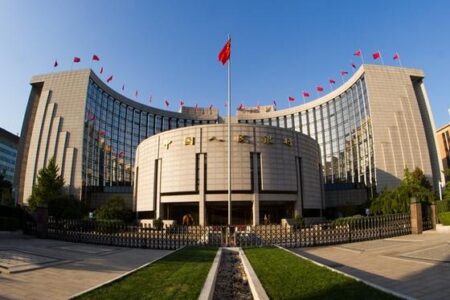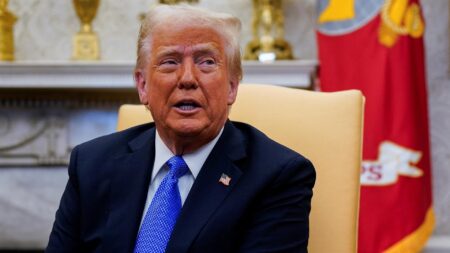The Trump administration has announced a delay in the implementation of a planned 25% tariff on Chinese-made graphics cards, a move that has significant implications for the technology sector and global trade dynamics. Originally slated to take effect soon, the postponement comes amid mounting concerns from U.S. businesses and consumers about potential disruptions and price increases in the supply chain. This decision reflects the ongoing complexities in the U.S.-China trade relationship as both sides navigate economic pressures and strategic interests.
Trump Administration Postpones 25 Percent Tariff on Chinese Graphics Cards Impacting Tech Sector
The recent decision to delay the imposition of a 25% tariff on Chinese-made graphics cards reflects mounting concerns within the tech industry and broader economic circles. This move comes amid fears that such tariffs could disrupt supply chains critical to both consumer electronics and advanced computing sectors. Manufacturers and retailers had anticipated significant cost increases, potentially leading to higher prices for end-users and slowed innovation cycles. Industry insiders highlight that graphics cards are vital components not only for gaming but also for artificial intelligence research, data centers, and emerging technologies.
Key factors influencing the administration’s choice include:
- Supply Chain Vulnerability: Preventing shortages that could strain manufacturing timelines.
- Economic Impact: Avoiding inflationary pressures on hardware prices for consumers and businesses.
- Technological Advancement: Supporting sectors dependent on high-performance GPUs to maintain global competitiveness.
| Sector | Potential Impact |
|---|---|
| Gaming | Price Hikes & Supply Constraints |
| AI & Data Centers | Slower Development & Increased Costs |
| Manufacturing | Delayed Production Cycles |
Detailed Analysis of Economic Implications for Manufacturers and Consumers
The Trump administration’s decision to delay the 25% tariff on Chinese-made graphics cards has far-reaching economic implications for both manufacturers and consumers. For manufacturers, this postponement provides temporary relief from increased production costs that would have otherwise been passed along the supply chain. Hardware producers relying heavily on Chinese components can maintain competitive pricing and avoid disruptions in their procurement strategies during this period. However, uncertainty surrounding future tariff enforcement continues to exert pressure on long-term investment plans and supply chain diversification efforts.
Consumers, on the other hand, stand to benefit from this delay through more stable pricing and the availability of a broader range of products. The absence of immediate tariffs helps keep the cost of graphics cards – essential for gaming, professional computing, and cryptocurrency mining – at relatively affordable levels, mitigating inflationary effects in the tech market. Yet, the looming threat of tariffs could still influence purchasing behaviors, prompting some buyers to expedite acquisitions or seek alternatives ahead of any potential price hikes.
- Manufacturers: Mitigated cost spikes, temporary supply chain stability, planning uncertainty
- Consumers: More affordable GPU prices, stable availability, accelerated purchasing decisions
| Stakeholder | Short-term Impact | Long-term Considerations |
|---|---|---|
| Manufacturers | Cost relief, steady production | Supply chain adjustments, investment uncertainty |
| Consumers | Stable prices, product availability | Potential price volatility, purchasing timing |
Strategic Recommendations for Industry Stakeholders to Navigate Tariff Uncertainties
Amid ongoing tariff uncertainties, industry stakeholders must adopt agile strategies to mitigate potential disruptions in the supply chain and market pricing. Prioritizing diversification of suppliers, particularly outside of China, can reduce overreliance on a single source and shield companies from abrupt tariff impacts. Additionally, maintaining flexibility in procurement timelines allows firms to take advantage of tariff delays or adjustments, optimizing cost efficiency without compromising inventory needs. Building robust communication channels with customs brokers and trade advisors will also provide early warnings on policy shifts, enabling proactive decision-making.
Equally important is enhancing transparency in cost structures and margin analyses related to tariff fluctuations. Companies should implement dynamic pricing models to absorb or pass on changes more effectively. The table below highlights practical measures companies can implement immediately, tailored to various operational focuses:
| Focus Area | Recommended Action | Expected Benefit |
|---|---|---|
| Supply Chain | Source alternative manufacturers in Southeast Asia | Reduced exposure to tariff volatility |
| Pricing Strategy | Adopt flexible markup policies | Better margin protection |
| Compliance | Enhance customs documentation accuracy | Minimize shipment delays |
Future Outlook
As the Trump administration postpones the implementation of the 25% tariff on Chinese-made graphics cards, stakeholders across the tech industry remain watchful of future trade policy shifts. This delay offers temporary relief to manufacturers and consumers alike but underscores the ongoing uncertainty surrounding U.S.-China economic relations. Moving forward, businesses will need to stay agile as the broader trade landscape continues to evolve.




